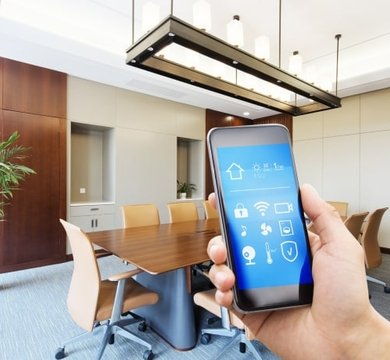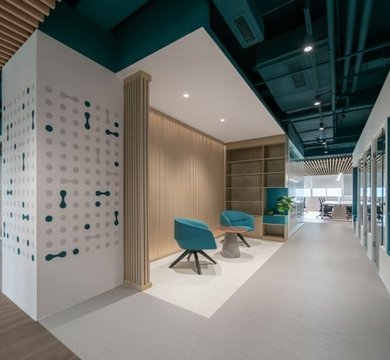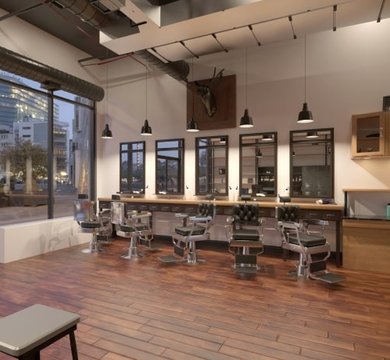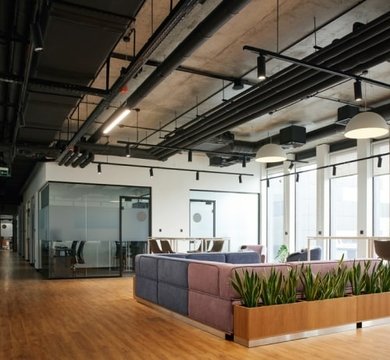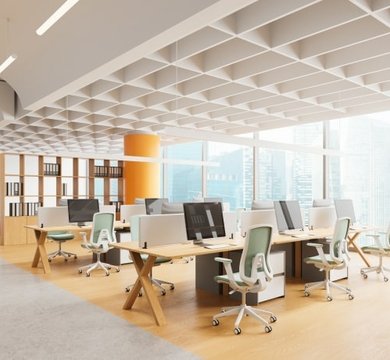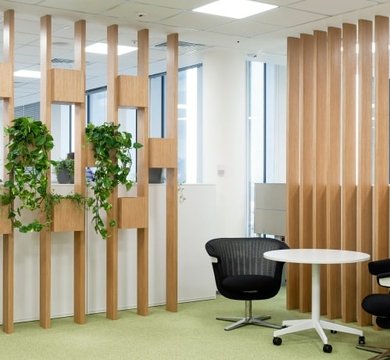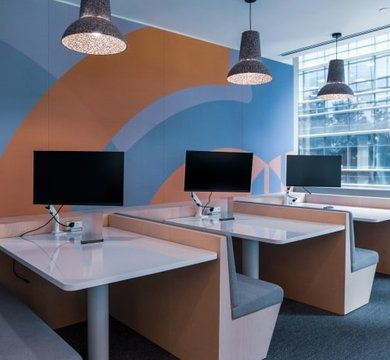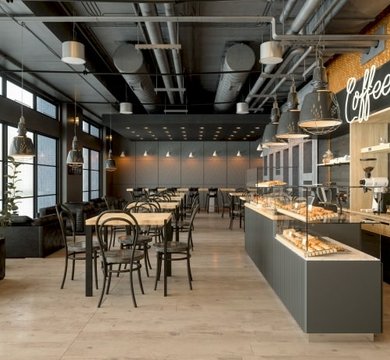You’ve secured a site, have a strong vision for your project and a budget to stick to but where do you start when it comes to bringing an idea to life? There are two main procurement paths you can follow - traditional procurement or design and build.
In this article, MPL draws on its extensive experience of office refurbs London to discuss design and build vs traditional. The following will help you decide what route is best based on your aims, objectives, budget and timescales.
What Is Traditional Procurement?
If you like a structured approach, are comfortable managing multiple suppliers and take a detail-orientated approach to life, traditional procurement (also known as design-bid-build) could be for you.
Definition of Traditional Procurement
When discussing traditional procurement vs design and build, traditional procurement is the winner when it comes to a methodical, linear approach. Design and construction are handled quite separately, with multiple contractors and specialists reporting separately to the client.
How Traditional Procurement Works
Traditional procurement is when the project owner appoints a professional - usually an architect - to design the project first. Once a design is agreed, they obtain any required planning permission and then invite tenders from building contractors.
A tender is a formal invitation to building contractors, asking them to submit bids for a specific project or contract. The project owner assesses the bids and chooses the building contractor who best meets their needs. When weighing up design and build vs traditional procurement, it’s worth remembering the contractor tender process is common across both approaches – it just happens at a different time.
Benefits of Traditional Procurement
- When looking at design and build vs traditional, traditional procurement is a good option if you have a defined aesthetic in mind, as the design process comes first. You’ll work closely with an architect to ensure the look and feel meets your brief, only starting the tender process when you’re completely happy.
- You’ll be able to specify materials and finishes during the design phase, which will help building contractors estimate accurately at the tender stage. This should help the overall project stay within a prescribed budget.
- You can use specialists who can deliver your vision, such as appointing a supplier who offers interior office design services in the South East, as well as install a financial controller to oversee the spend.
Challenges of Traditional Procurement
- Although the traditional procurement route is controlled and methodical, it only progresses once each stage is complete. This can result in longer timelines and a later delivery date, especially if everything hinges on planning permission. Always factor this point in when debating design and build contract vs traditional with stakeholders.
- You’ll need a head for figures as each supplier will submit a separate estimate and final invoice. It’s possible that each cost will rise and need negotiating separately, making it important to have a firm grasp of all the costs all of the time.
- There will be a host of trades and specialists for the project owner to manage, with skills and services coming from a variety of third parties. This can be circumnavigated by appointing a project manager – perhaps asking the architect to take on this role – although this will come at a cost.
What Is Design and Build?
Traditional vs design and build is very different in terms of communication. If you prefer a single point-of-contact to liaise with and have a specific time frame in mind, consider the design and build approach.
Definition of Design and Build
Design and build involves one contractor taking on responsibility for the design and build of the project. They will coordinate everyone involved and deliver the project as a whole.
How Design and Build Works
Design and build (sometimes referred to as a turnkey solution) is the reverse of traditional procurement. A project owner will first appoint a building contractor, usually using the tender process. It is then up to the contractor to manage every aspect of the project, including the design, architectural direction, construction, suppliers, contractors and planning permission.
Benefits of Design and Build
- An experienced design and build contractor should be experienced in running different aspects of the project concurrently, rather than waiting for each stage to be completed. For example, they can run the design and build stages alongside each other, resulting in faster project delivery.
- The appointed design and build contractor becomes the project owner’s single point-of-contact. This drastically reduces the number of communication channels that are open, and should reduce the risk of crossed wires and misunderstandings.
- The appointed design and build contractor should present the project owner with a singular cost that encompasses all the work, rather than multiple estimates. It’s up to the contractor (not the client) to keep everything and everyone on budget, although this doesn’t rule out cost adjustments.
- A design and build contractor will shoulder much of the risk, as they are responsible for the design, appointing trades, ordering materials and completing the work. Spotting issues early and providing solutions will fall to them.
Challenges of Design and Build
- When the choice is traditional procurement vs design and build, a lot will depend on confidence levels. The project owner must feel confident about the abilities of the design and build contractor as they will assume almost full control from day one. The entire project can be derailed if the client isn’t happy with the contractor or, in the worst case scenario, wants to dimiss them and bring in another company.
- There may be pressure on the design and build contractor to stick to the project owner’s budget. This may lead to cut corners, a downgrade of materials and a reduction in quality.
- When a contractor is working to a set budget and timescale, there can be less flexibility. Design changes can be more complex to action and costly to achieve.
Design and Build vs Traditional Procurement: Key Differences
Project owners are often stuck when it comes to design and build vs traditional procurement. This chart is a great snapshot of the pros and cons of each.
| Factor | Design and Build | Traditional Procurement |
|---|---|---|
| Project Speed | Faster, with the ability to run design and build stages concurrently | Longer, due to each design and construction phase needing to complete before the next one starts |
| Cost Certainty | More likely to be fixed, with a single figure agreed at the start | More variable, with risk of cost overruns due to multiple suppliers working independently of each other |
| Client Control | Less, as design control handed over to the contractor | Greater, with the project owner involved in design decisions from day one |
| Risk Allocation | Contractor assumes more risk | Client bears more design risks |
| Flexibility | Limited flexibility for design changes after the project gets going | Easier to adjust the design before construction begins |
Which Procurement Method Is Best for Your Project?
If you are responsible for a construction project, are managing an office refurbishment or are leading a workplace relocation, you may get stuck at the first hurdle: design and build vs traditional. You’ll need to balance deadlines, budgets and the desires of key stakeholders. Choosing the right procurement method will help keep your project on track.
When to Choose Design and Build
- You need someone else to take control of the project
- You want to deal with one, single point-of-contact
- Budget and delivery timescales are more important than design aesthetics and details
- You trust industry experts to make choices on your behalf
When to Choose Traditional Procurement
- You have a defined design vision, prioritising aesthetics and customised details
- You’re happy for style to come before speed
- You’re confident in coordinating multiple supplies or can appoint a project manager
- There is a degree of budget flexibility in order to achieve the desired finish
MPL Interiors can work as your design and build contractor, or can supply bespoke design and install services as part of a traditional procurement process. Our areas of expertise include commercial offices, turnkey ready premises to let, serviced offices, shop design and department store concessions, and healthcare practices.
We are comfortable taking control of planning permission, construction and structural changes, undertaking Cat A, Cat B and Cat B+ fitouts and coordinating specialist suppliers. Our project gallery will give you a flavour of work.



